ChatGPT:Semur-en-Auxois is a picturesque medieval town located in the Côte-d’Or department of the Burgundy region in eastern France. Known for its rich history, well-preserved architecture, and scenic beauty, Semur-en-Auxois offers a glimpse into France’s medieval past.
Origin and Early History
The town’s origins date back to antiquity, with evidence suggesting that it was inhabited during the Roman era. Its strategic location on a rocky promontory overlooking the Armançon River made it a natural fortress. The name “Semur” is derived from the Latin “Sinemurum,” meaning “without walls,” though this is somewhat ironic given the impressive fortifications that were later built.
Medieval Development
Semur-en-Auxois began to flourish in the Middle Ages, particularly during the 11th and 12th centuries. It became an important defensive site and was fortified with walls and towers. The town’s architecture from this period, including the four massive towers of its castle, reflects its significance as a military stronghold. The Notre-Dame Collegiate Church, built in the Gothic style, is one of the town’s architectural highlights, showcasing the prosperity and religious importance of the area during the medieval period.
Renaissance and Modern Periods
In the Renaissance, Semur-en-Auxois continued to thrive, becoming a center for trade and culture. The town maintained its medieval charm, with narrow winding streets and well-preserved buildings. However, over time, its strategic importance declined, and it became more of a quiet provincial town.
In the 19th and 20th centuries, the development of modern infrastructure, such as roads and railways, brought changes to Semur-en-Auxois, but the town managed to retain its historical character. Today, it is known for its tourism, attracting visitors with its medieval architecture, picturesque landscapes, and cultural heritage.
Cultural and Historical Significance
Semur-en-Auxois is celebrated for its cultural events and historical significance. The town hosts festivals and events that celebrate its medieval history, including the “Fêtes de la Bague,” a traditional festival featuring jousting tournaments and other medieval-themed activities. The town is also a starting point for exploring the surrounding Burgundy region, known for its wine production, rich history, and culinary delights.
Overall, Semur-en-Auxois is a charming and historically rich town that offers a unique window into France’s medieval past, making it a popular destination for history enthusiasts and travelers.
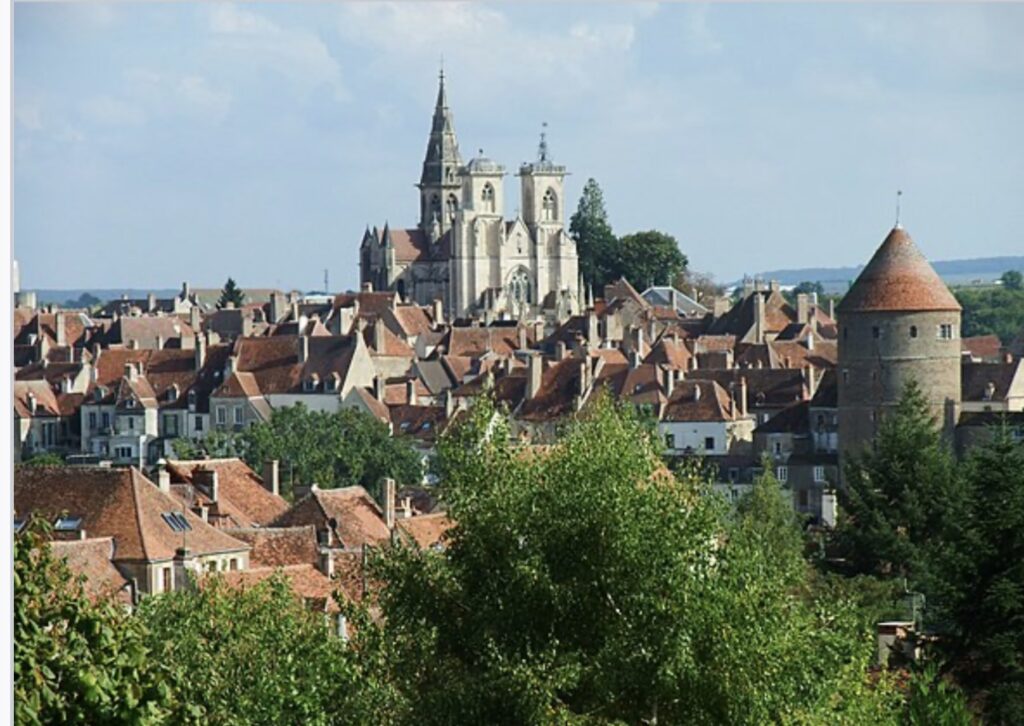
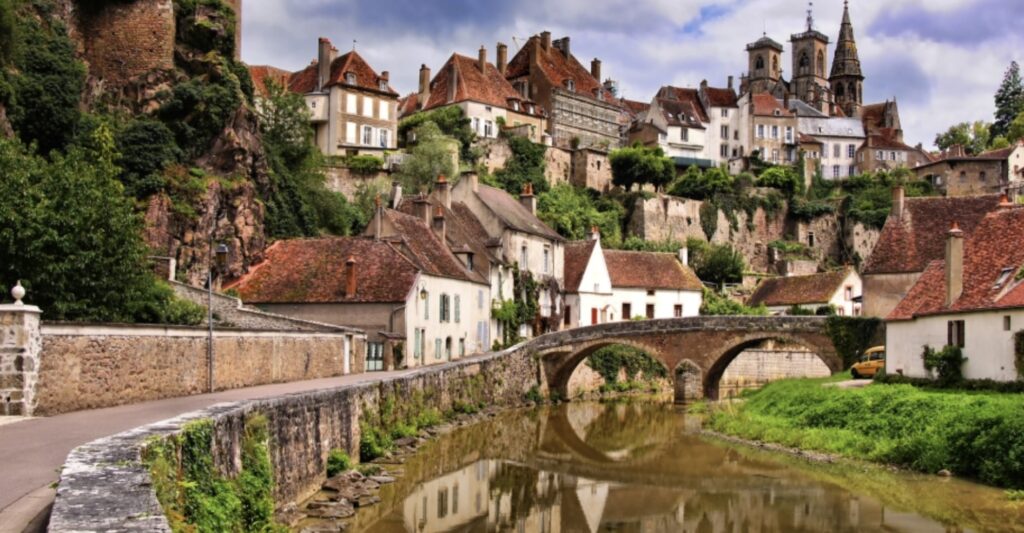
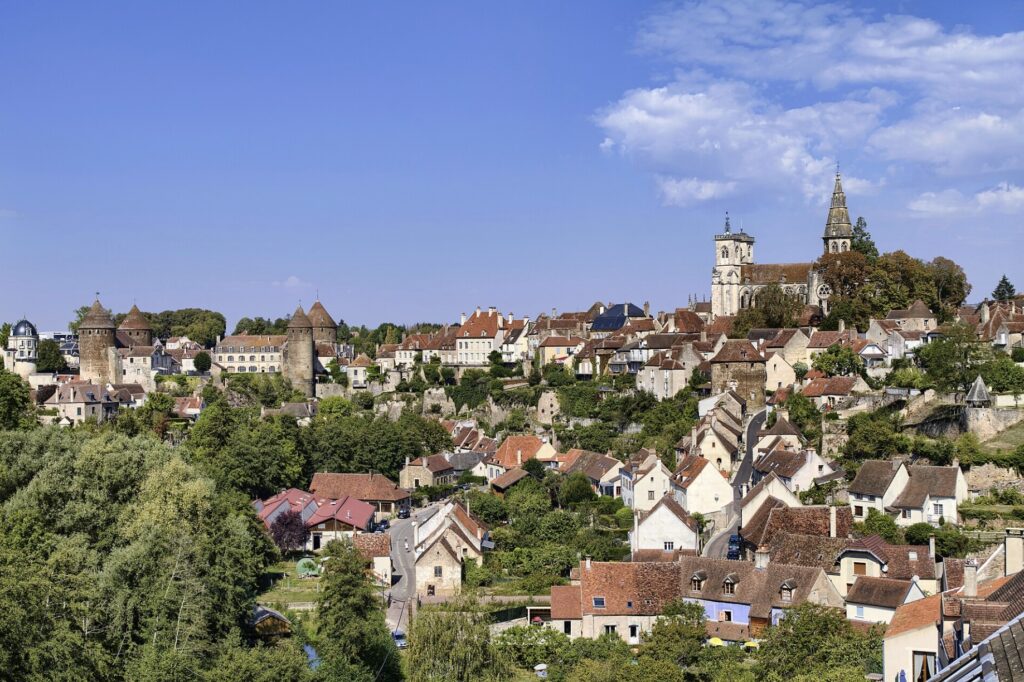
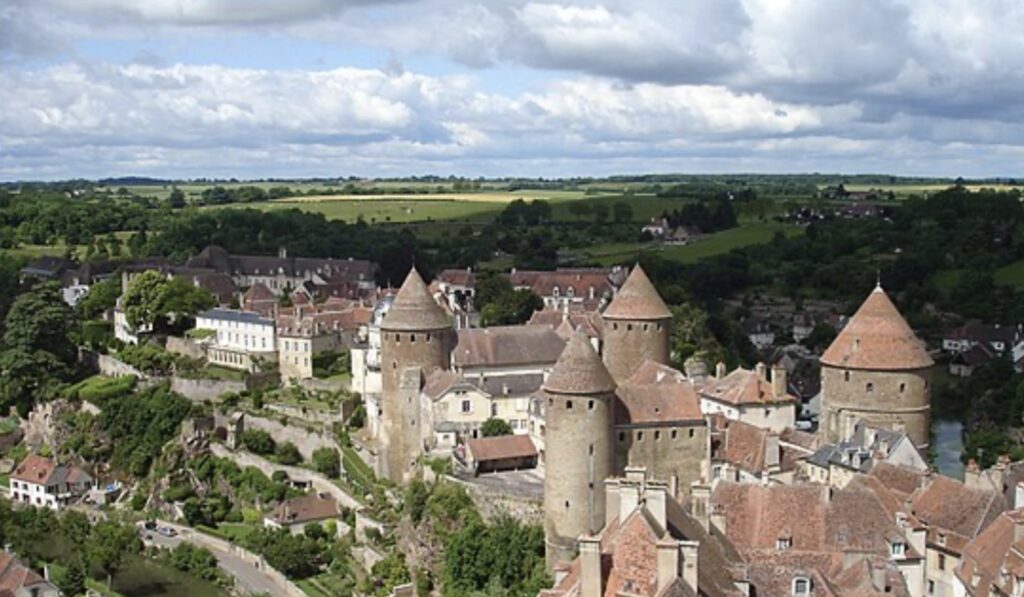
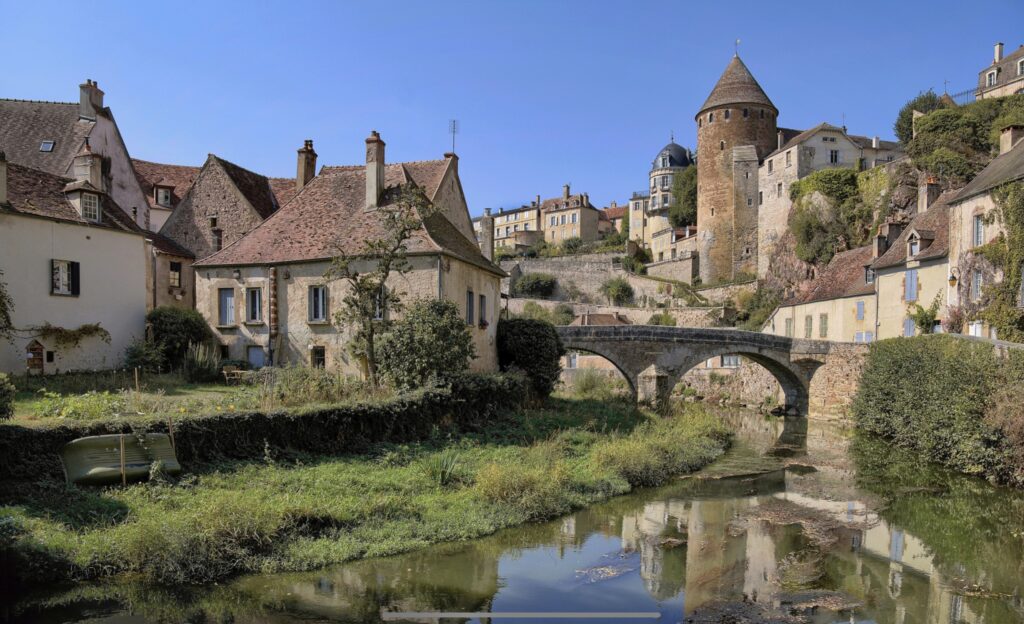
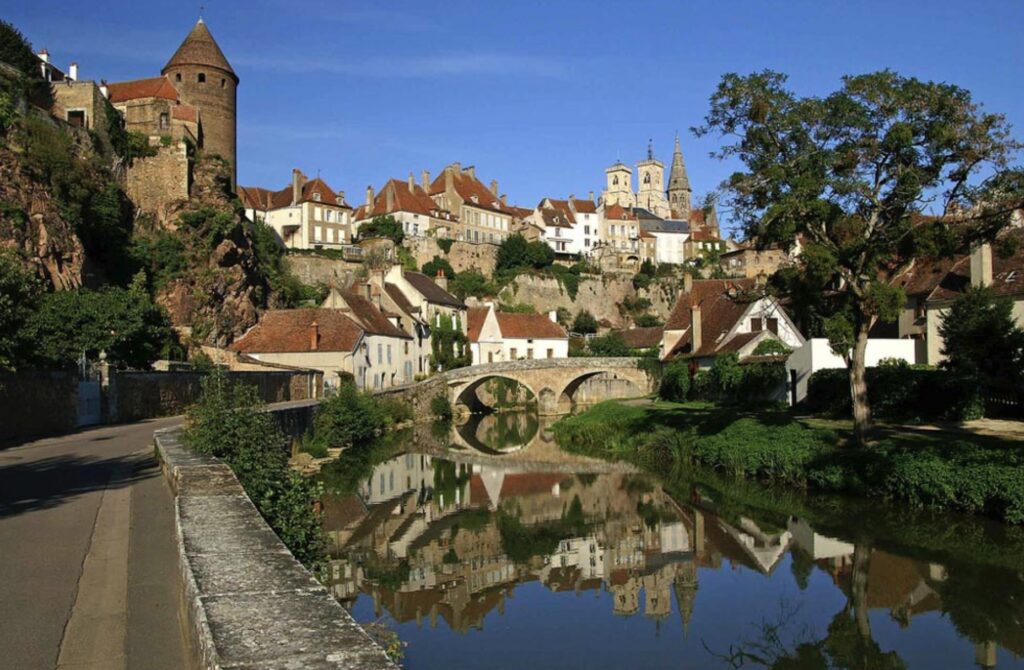
Semur-en-Auxois boasts a rich collection of historical monuments and tourist attractions, reflecting its medieval heritage and picturesque setting. Here are some of the key sites to explore:
1. Notre-Dame Collegiate Church
- A stunning Gothic church dating back to the 13th century. Notable for its beautiful architecture, including a finely carved portal and stained glass windows. The church houses impressive sculptures and a remarkable organ.
2. Semur-en-Auxois Castle (Château de Semur)
- Although only remnants remain today, the castle once played a crucial role in the town’s defense. The four massive round towers—Tour de l’Orle d’Or, Tour Margot, Tour de la Géhenne, and Tour de la Prison—are notable landmarks.
3. The Keep (Donjon)
- Part of the old fortifications, the keep offers panoramic views of the town and surrounding countryside. It provides insight into the town’s defensive structures and medieval architecture.
4. The Joly Bridge (Pont Joly)
- A picturesque stone bridge over the Armançon River, offering scenic views of the town and its fortified walls. It’s a popular spot for photography.
5. Tour de l’Orle d’Or
- One of the most iconic towers of the old castle, offering historical exhibits and access to beautiful vistas of the town and the river valley.
6. Ramparts and Fortifications
- The medieval walls and towers that once protected the town are well-preserved and offer a glimpse into its past as a fortified settlement.
7. The Old Town and Medieval Streets
- Wander through the narrow, winding streets lined with medieval and Renaissance-era buildings. The old town is full of charm, with half-timbered houses, quaint shops, and small cafes.
8. Museum of Art and History (Musée de Semur-en-Auxois)
- This museum showcases the town’s rich history, including archaeological finds, artworks, and artifacts from various periods. It provides a comprehensive overview of the town’s cultural heritage.
9. Porte Sauvigny
- One of the remaining medieval gates, offering insight into the town’s historic defenses.
10. St. Lazarus Chapel (Chapelle Saint-Lazare)
- A small, historic chapel with a beautifully carved portal and a peaceful atmosphere.
11. Parc des Minimes
- A pleasant park area perfect for a leisurely stroll, offering views of the town’s fortifications and the surrounding countryside.
12. Tour Margot
- Another significant tower, often associated with local legends and folklore.
These attractions collectively showcase the historical depth and architectural beauty of Semur-en-Auxois, making it a must-visit destination for history enthusiasts and travelers seeking to experience a well-preserved medieval town in France.
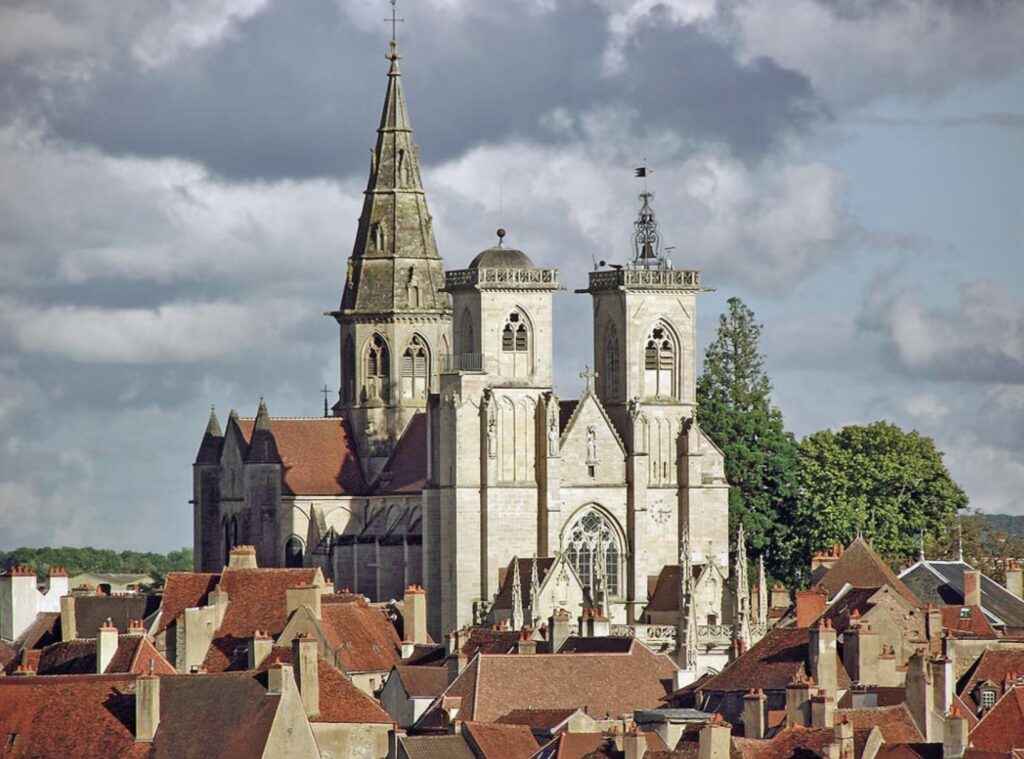
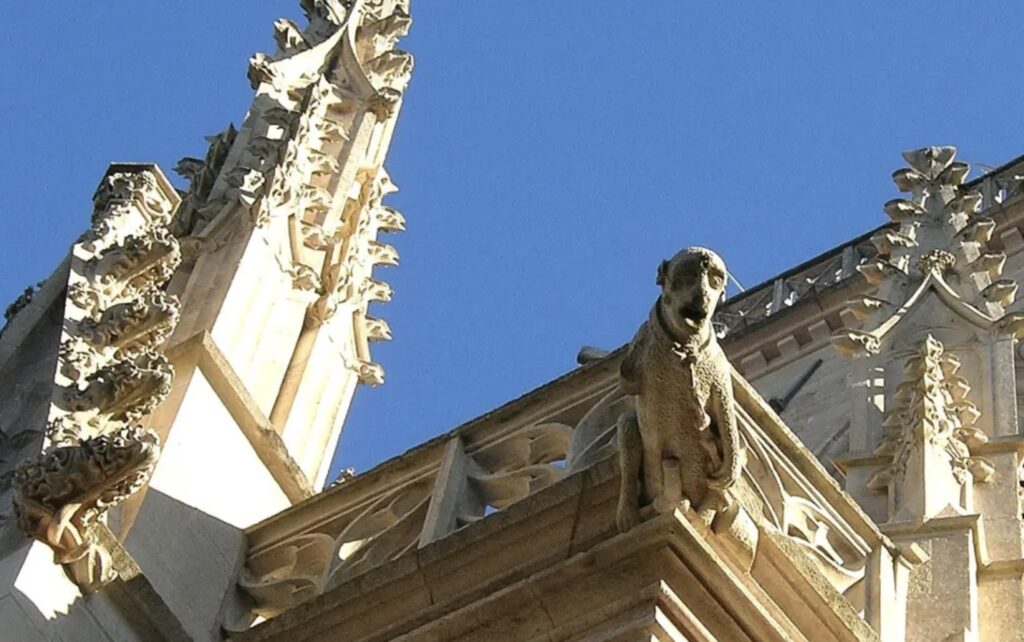
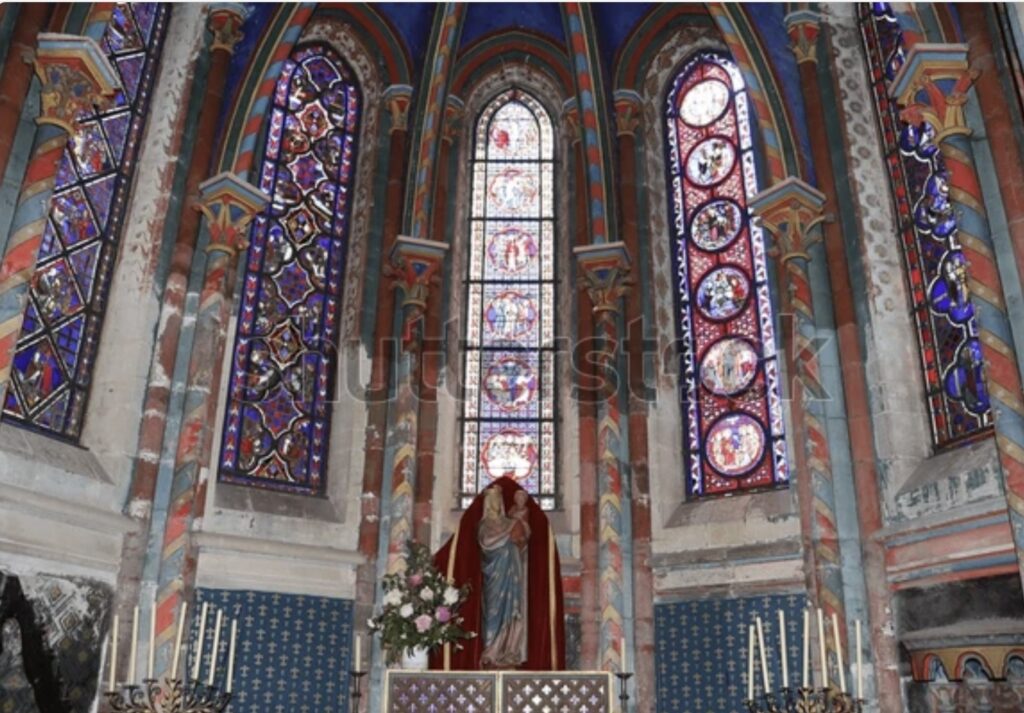
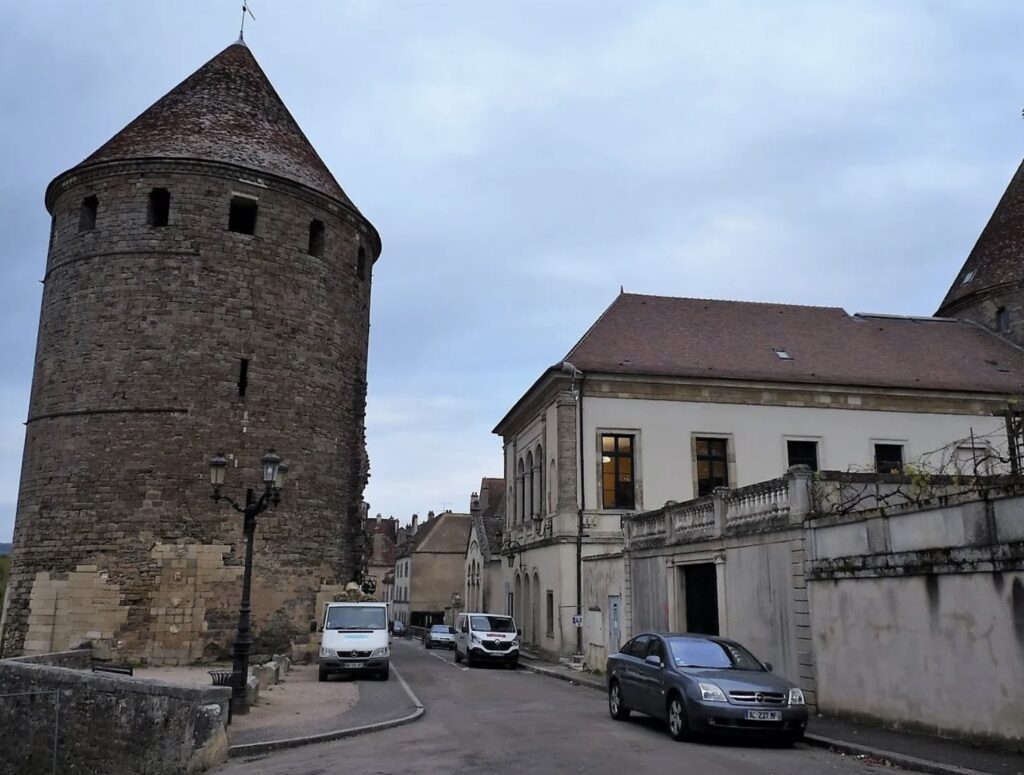
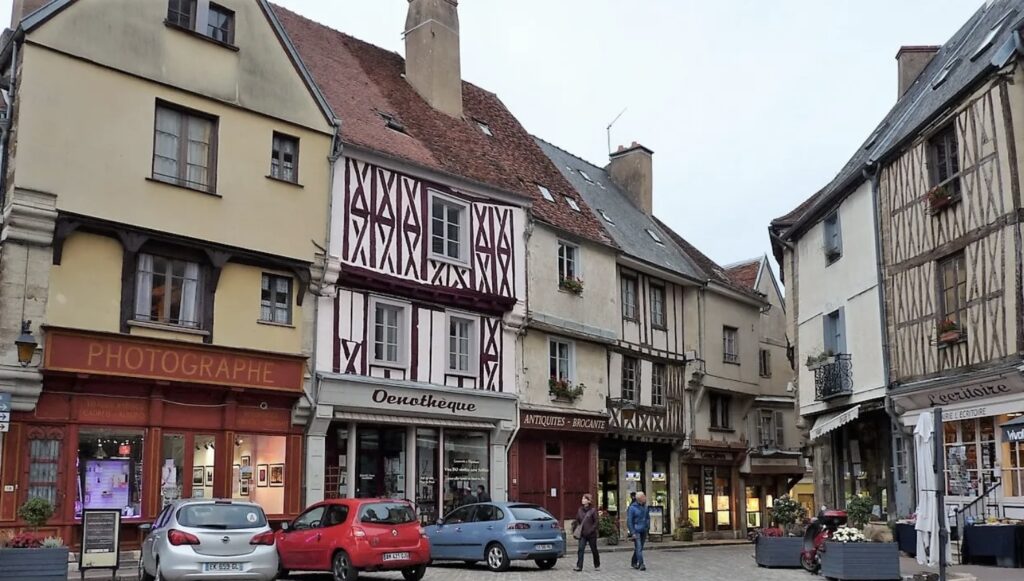
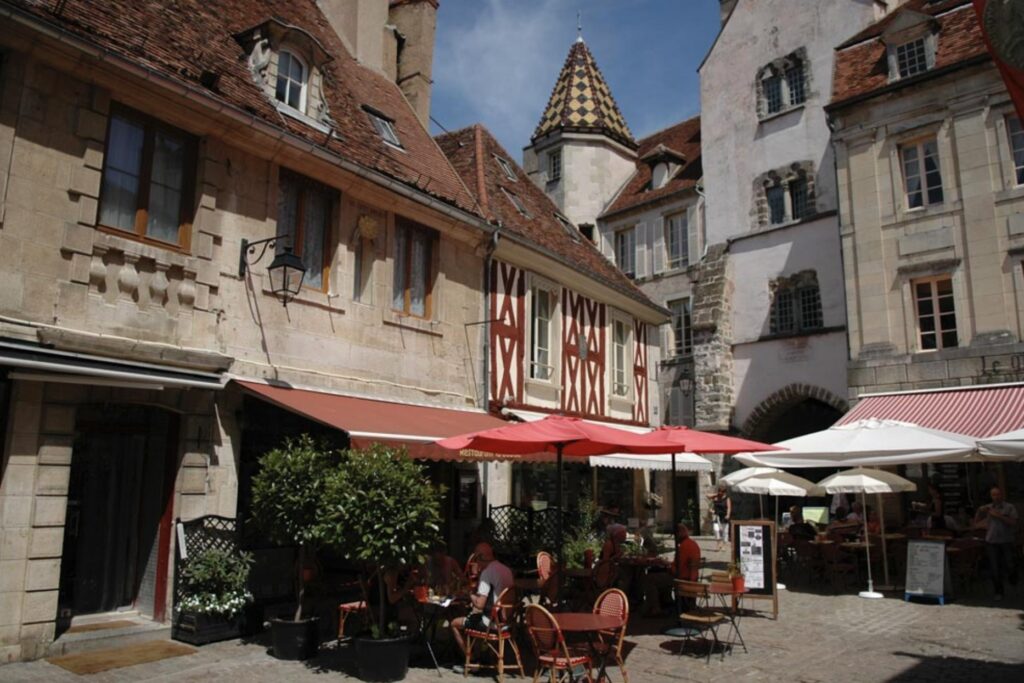
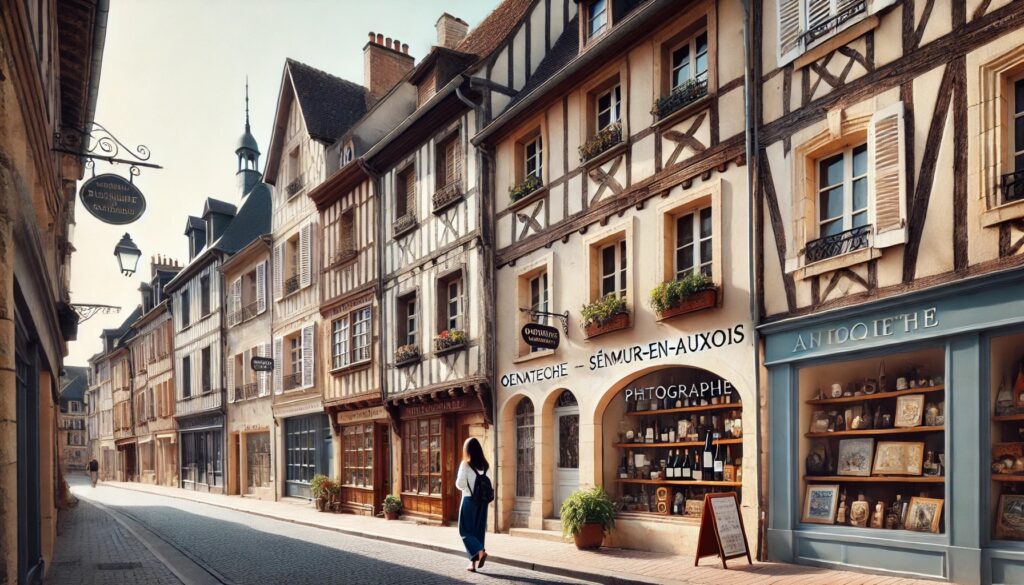
A one-day itinerary for visiting Semur-en-Auxois allows you to explore the town’s key historical sites, enjoy its scenic beauty, and experience its charming atmosphere. Here’s a suggested plan:
Morning
- Start at the Notre-Dame Collegiate Church
- Begin your day with a visit to this beautiful Gothic church. Take time to admire the architecture, sculptures, and stained glass windows. If possible, attend a short guided tour to learn about its history and significance.
- Explore the Old Town
- Wander through the narrow, cobblestone streets of the old town. Enjoy the medieval and Renaissance architecture, and take in the atmosphere. Look out for quaint shops and cafes for souvenirs or a morning coffee.
- Visit the Museum of Art and History
- Head to the Musée de Semur-en-Auxois to explore its exhibits on local history, archaeology, and art. This will provide you with a deeper understanding of the town’s cultural heritage.
Late Morning
- Walk along the Ramparts
- Stroll along the well-preserved medieval walls and fortifications. This walk offers beautiful views of the surrounding countryside and the town’s unique skyline.
- Visit the Castle Towers
- Explore the towers of the former castle, particularly the Tour de l’Orle d’Or. Climb to the top for panoramic views and enjoy any historical displays within the towers.
Lunch
- Lunch in the Old Town
- Choose a local restaurant or bistro in the old town for a leisurely lunch. Try traditional Burgundian dishes such as coq au vin or escargot, and don’t forget to pair your meal with a local wine.
Afternoon
- Cross the Joly Bridge
- After lunch, walk to the Joly Bridge for a picturesque view of the town’s fortifications and the Armançon River. This spot is perfect for photos.
- Visit the Keep (Donjon)
- Explore the keep for more historical insights and another chance to view the town from above.
- Tour Margot and Porte Sauvigny
- Make a brief stop at Tour Margot and Porte Sauvigny, key elements of the town’s defenses, and learn about the local legends associated with them.
Late Afternoon
- Relax at Parc des Minimes
- Conclude your day with a relaxing walk in Parc des Minimes. Enjoy the peaceful surroundings and views of the town from a different perspective.
- Coffee or Pastries at a Local Café
- Before you leave, enjoy a coffee or a pastry at a local café. It’s a great way to unwind and soak in the town’s ambiance.
Departure
- If you have time, consider a final stroll through the old town to take in any last-minute sights or pick up souvenirs.
This itinerary offers a comprehensive tour of Semur-en-Auxois, covering its most significant historical sites and providing opportunities to enjoy its scenic beauty and local culture.

